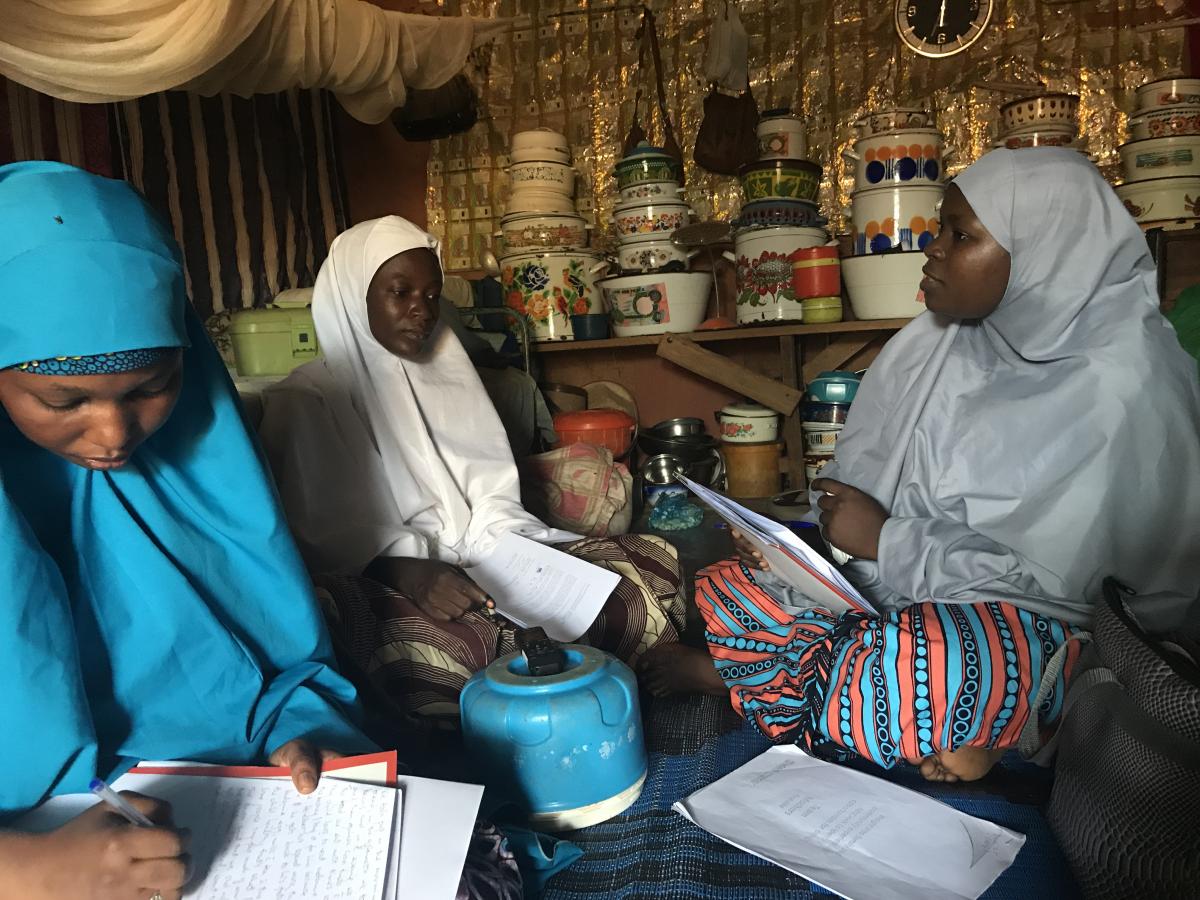“Human-Centered Design (HCD) is a process, one that requires a deep understanding of people. It starts with observations and then a rigorous attempt to use those observations to determine the true underlying issues and needs, a process that might be called “Problem Defining” (as opposed to problem solving). Then, these needs and issues are addressed through an iterative, evidence-based procedure of observation, ideation, prototyping, and testing, with each cycle of the iteration going deeper and deeper into the solution space. The result is a form of incremental innovation, optimizing the solution through a hill-climbing process” [1]
Human-Centered Design (HCD) is a creative approach that puts the audience at the center of the problem definition and solution design process. It seeks to understand an audience’s lived experience through direct conversation, interviews, focus groups, and other avenues. The insights gathered are then used to co-create potential ideas, build and test prototypes, and take actoin. HCD sits at the intersection of empathy, research, and creativity. It requires implementers to put themselves in the users’ shoes to arrive at solutions tailored to their needs.

An HCD process starts with a discovery phase where the empathy process begins. Members of program/design teams have to train their minds to avoid assumptions and approach the problem with a fresh mind, like that of a child, who knows nothing, who learns everything, who questions everything.
The more time that teams spend with the audiences with whom they are designing, the more likely they are to design a solution that is useful. HCD is uniquely situated to arrive at solutions that are desirable, feasible, and viable. In the implementation process, factors of economic and technological viability should be evaluated, but everything should start with the people, not the other way around.
The discovery phase generates insights; those insights are used to identify possible opportunity spaces. Teams consider those opportunities spaces through “how might we” questions to generate a wide variety of ideas for possible solutions. Once the real challenges of the audience are uncovered, the team moves on to generate potential solutions for the design challenge (“how might we”). This is the define and test phase of the process. Since in complex contexts there is no single expert who can comprehend all facets of a design challenge, co-design is an approach to designing that actively engages multiple and diverse perspectives in the design process, to ensure that the end result meets their needs. Rather than consulting users and subject experts on ideas developed, they are involved in developing them.
Those ideas are then mapped against each other and further developed into prototypes which can be tested directly with users. These prototypes or rough mock-ups of potential solutions are put in the hands of end users to see how they work (or don’t). Prototypes are then continually improved based on feedback, or thrown out if they simply do not work. This allows the team to make mistakes faster and cheaper, arriving at a feasible solution.
[1]Norman, Donald. 2013. The Future of Design: When you come to a fork in the road, take it. Jnd.org
References
Journal Articles
- Bassano, Alessandra N., et al. 2017. Human-centred design in global health: A scoping review of applications and contexts.
- Dweck, Talia. 2017. Human-centered design for behavior change in health. DAI.com
- Edwards, Sophie. November 14, 2018. Safeguarding adolescents when using HCD in family planning. Devex.com.
- Partners in Health. 2017. Human-Centered Design in the Jungle: Nurses inspire, ideate, and implement better health care in remote Liberia
- Russell, Elizabeth and Emily Harris. 2017. “But what if it falls out?” Using human-centered design to answer questions about the Davipirine ring. USAID.gov
- Thomsen, Dave. 2013. Why human-centered design matters. Wired.com
Photo credits: Breakthrough-ACTION



